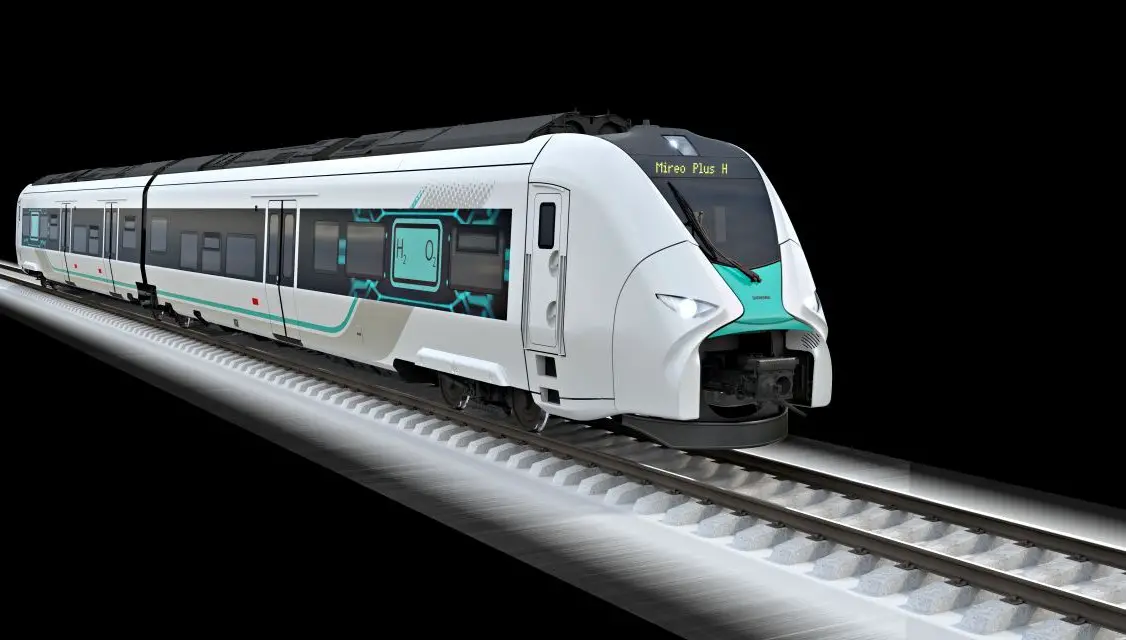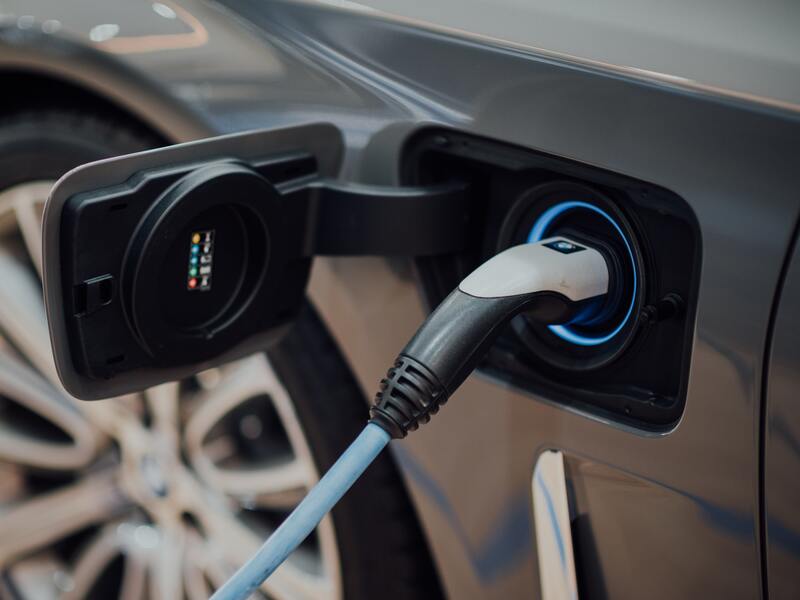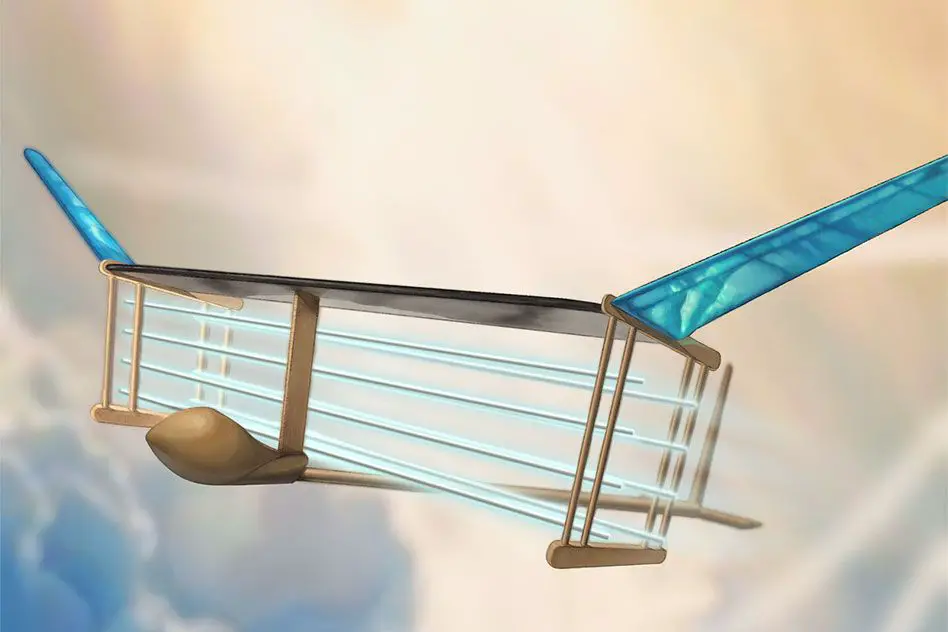Following the delivery of the 60kW Helios laser weapon to the Navy for the first time last month, Lockheed Martin announced the first 300kW class “Indirect Fire Protection Capability – High Energy Laser Project”. The system was also officially delivered to the U.S. Army, and a series of field trials will be conducted.
As one of the bidders for the Pentagon’s High Energy Laser Scaling Initiative (HELSI) program, Lockheed Martin competes with Raytheon, Northrop Grumman, Boeing and GE Meta. 50kW class DE M-SHORAD field air defense system, And the “Indirect Fires Protection Capability-High Energy Laser, IFPC-HEL” of the 300kW class.
However, since the Army finally chose Thor and Northrop Grumman to continue development work on the DE M-SHORAD field laser air defense.
Therefore, Lockheed Martin will focus on the Navy “Helios” (HELIOS), the 100kW class “High Energy Laser Tactical Display Vehicle” (HEL TVD) and the 300kW IFPC-HEL.
In the HELSI program classification, the 50kW class DE M-SHORAD is mainly used against small-target UAVs, mortars.
For aerial threats such as howitzers and anti-armor missiles, attack aircraft, helicopters and cruise missiles with larger volume and kinetic energy are responded to with IFPC-HEL rated at 300kW.
In addition to the advantages of IFPC-HEL against larger air threats, it can also extend the range to about 10 kilometers when dealing with small targets, which is longer than DE M-SHORAD.
When the HELSI program can be fully deployed to platoon-level to battalion-level field air defense teams, the U.S. Army will have a relatively low-cost defense method in the face of saturated attacks by enemy forces with advanced UAV technology in future major-power conflicts.




